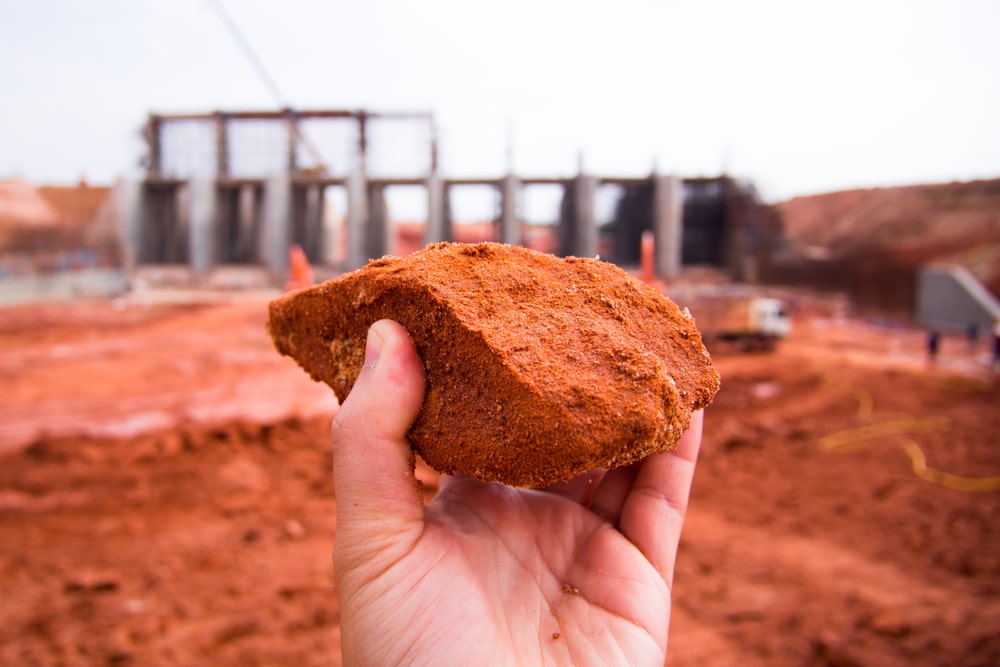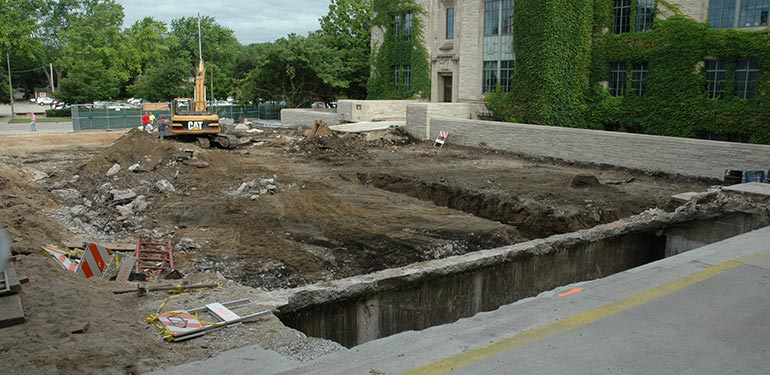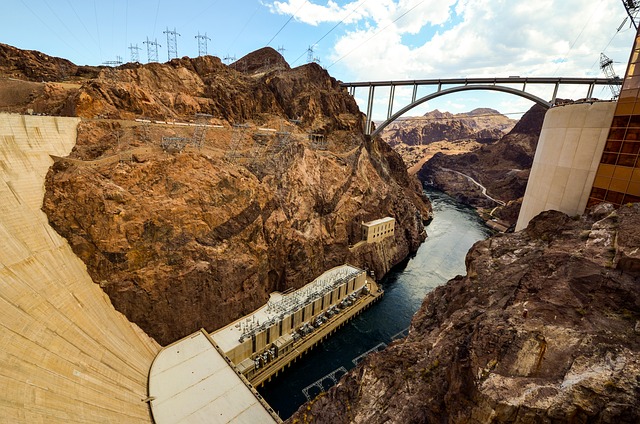Leading Consulting Civil Engineering Companies for Infrastructure Projects
Leading Consulting Civil Engineering Companies for Infrastructure Projects
Blog Article
Just How Consulting Engineers Enhance Geotechnical Engineering Projects: Insights Into Their Knowledge, Approaches, and Collaborative Approaches
Consulting designers are pivotal in improving geotechnical design tasks, applying their specialized understanding to browse the complexities of subsurface conditions. Their collective strategies foster interaction among diverse job stakeholders, eventually forming the project's trajectory.
Function of Consulting Engineers
The know-how of consulting engineers in geotechnical engineering is essential to the effective implementation of construction projects. These professionals play an essential duty in analyzing dirt and rock residential properties, which are critical factors influencing design and construction decisions. By carrying out complete website examinations, getting in touch with designers accumulate essential information that educates the layout procedure, making certain tasks are improved secure and ideal ground.
Consulting designers additionally supply very useful understandings right into danger administration (geotechnical geologist). They identify potential geotechnical hazards, such as landslides, dirt liquefaction, and negotiation concerns, making it possible for stakeholders to carry out efficient mitigation strategies. Their proficiency aids in maximizing structure styles, which can lead to significant price savings and enhanced safety and security
Furthermore, getting in touch with designers function as a vital web link in between project owners, engineers, and contractors. Their capacity to equate intricate geotechnical data into workable suggestions fosters cooperation and helps with informed decision-making throughout the task lifecycle. This multidisciplinary method not just improves task effectiveness but additionally guarantees conformity with regulative criteria and finest practices.
Trick Approaches in Geotechnical Design

One primary approach is website examination, which entails performing field tests and laboratory analyses to gather data on subsurface conditions. Methods such as Requirement Infiltration Screening (SPT) and Cone Infiltration Screening (CPT) are extensively made use of to review dirt stratigraphy and toughness. In addition, geophysical approaches, consisting of seismic and electric resistivity studies, give non-invasive methods to analyze subsurface characteristics.
Another critical methodology is numerical modeling, which enables designers to imitate numerous circumstances and anticipate exactly how soil-structure interactions will behave under various loading problems. Limited Aspect Analysis (FEA) is a common strategy used in this context.
Additionally, the style of foundations, retaining frameworks, and earthworks counts greatly on these methods - geotechnical geologist. By incorporating sophisticated analytical tools with area information, seeking advice from engineers can develop customized options that deal with specific task difficulties, ultimately adding to the security and safety of construction tasks
Value of Soil Evaluation
Soil evaluation serves as a fundamental element in geotechnical design, providing necessary insights right into the physical and chemical residential properties of soil needed for effective building preparation. Understanding dirt characteristics is vital for determining its load-bearing capability, drainage habits, and possibility for settlement or instability. Detailed soil investigations, consisting of tasting and lab testing, help recognize criteria such as dirt kind, moisture material, thickness, and shear toughness.
These analyses inform the choice of ideal construction methods and products, inevitably affecting project safety and durability. As an example, natural dirts may require different foundation styles contrasted to granular dirts, demanding customized design solutions. Additionally, soil analysis aids in identifying contaminants that could position risks to human health or the environment, permitting the development of mitigation strategies.
Incorporating soil evaluation right into the onset of task growth assists to reduce unexpected challenges, ensuring that designers can prepare for and attend to prospective issues prior to they intensify. By establishing a comprehensive understanding of the website problems, seeking advice from engineers can maximize style efficiency and reduce prices, thus enhancing the total success of geotechnical engineering projects.
Joint Methods in Projects
Effective geotechnical projects often depend upon collective approaches that combine diverse knowledge from various self-controls. Effective collaboration amongst consulting designers, rock hounds, ecological look at this site scientists, and building specialists is critical for attending to complex difficulties and maximizing job end results. By leveraging the unique abilities and expertise of each employee, tasks can take advantage of an all natural understanding of the site conditions, governing requirements, and design restraints.
Routine interaction and interdisciplinary meetings help with the sharing of understandings and foster a culture of synergy. These collaborative efforts allow the recognition of potential dangers early in the task lifecycle, permitting timely mitigation approaches. Integrating comments from stakeholders, consisting of neighborhood areas and regulatory agencies, guarantees that all point of views are thought about, improving job approval and conformity.
In addition, the assimilation of innovative modern technologies, such as Geographic Info Solution (GIS) and Structure Info Modeling (BIM), additional improves cooperation. These devices permit the real-time sharing of information and visualization of geotechnical problems, advertising notified decision-making. Eventually, a collective method not only improves project execution but additionally lays the structure for ingenious options to complicated geotechnical engineering challenges.
Influence On Task End Results

Consulting designers employ innovative approaches such as threat you could try here assessment and predictive modeling, which boost the accuracy of job projections. Their ability to incorporate innovative innovations, like geotechnical instrumentation and information analytics, further improves the design and building and construction processes. Consequently, jobs experience boosted efficiency, minimized prices, and minimized delays.
In addition, fostering efficient interaction and cooperation among staff member boosts analytic capabilities. When difficulties develop, a joined front permits swift identification of options, protecting against potential problems. Eventually, the collective initiatives of getting in touch with designers add to better outcomes, guaranteeing that jobs satisfy both regulative requirements and customer assumptions.
Verdict

Report this page